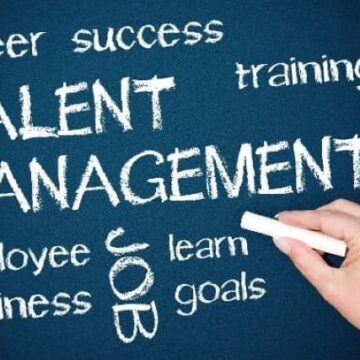
To help a company grow, it is important to look into the issue of the careers and mobility of its employees. Good careers and mobility management lead to an increase in the company’s performance and know-how. Moreover, employees often express their desire for change. Career management is a compromise between the needs of the company, the available potential, and the desires of the employees. Companies today need to focus on innovative and successful policies for the management of careers and mobility.
Related articles:
Good Talent Management: Your Ultimate Guide
5 Tips to Promote the Professional Growth of Your Employees
There are two types of mobility management policies: case-by-case mobility and organized mobility. Mobility on a case-by-case basis is used when there is a job vacancy or when staff are needed for a particular mission, while organized mobility is based on a forward-looking job management policy. The second option is the most suitable for ensuring that companies do not need to manage requests in a hurry and retain their employees through good career management.
What is Mobility?
Mobility within a company can take three forms:
- Geographical mobility
- Functional mobility
- Temporary mobility
Geographical Mobility
An employee might have to move during their career, whether by obligation to find a job or to simply because of a major life change. Geographical mobility is a way for young graduates in their career development to show that they are dedicated to their career. It also implies an open mind on their part. Additionally, geographical mobility can occur as a result of family obligations, so a transfer leads to better coordination between private and professional life.
Functional Mobility
This type of mobility takes the form of a transfer to a new position. Sometimes it’s a vertical move and sometimes a horizontal move on the same level into a new department. This normally a result of good career management. More and more employees nowadays seek career development. It is important to establish links between positions in companies so that employees can flourish at work.
Furthermore, the functional development of employees provides the company with certain advantages. For example, internal recruitment will cost them much less than external recruitment. Companies today don’t seem to appreciate frequent mobility, since moving an employee from job to job too frequently can lead to a lack of productivity on their part when they arrives in a new position and require training. It is necessary to find a compromise between frequent mobility and a lack of mobility. It is believed that the functional mobility of an employee can only lead to loyalty if it is planned and supervised.
Temporary Mobility
This can also sometimes be referred to as secondment of staff. It is characterized by the transfer of employees from one position to another for a temporary period of time. This system is starting to develop between some SMEs that want to take advantage of skills across the organization. A company employee may be required to work on a project in another department or entity so as to provide them with new skills. This in turn increases the employee’s efficiency and skills development as they diversify their activities.
Careers and Mobility Management: Which Tools to Use?
Career and mobility management is essential for businesses. For the best talent and career management possible, it is important to know the desires of each employee, their skills and the possible links between positions (i.e. possible career paths). It is therefore imperative that companies equip themselves with tools to identify the career aspirations of their employees, their skills and the positions they can apply for in the company.
While functional mobility is a logical part of career development, temporary mobility is more in line with the development of technical skills. Carrying out a project in another company allows the employee to develop their adaptability and further strengthens the flexibility of the company. This type of mobility contributes to building the company’s trust in its employees.
Note: It is essential for the sake of “quality control” and to measure the effectiveness of career mobility, to set up evaluations at the end of each project


 (1)-666x380.jpg)

-640x380.jpg)